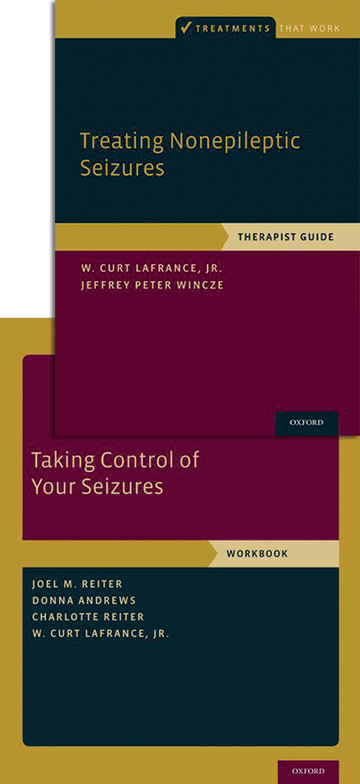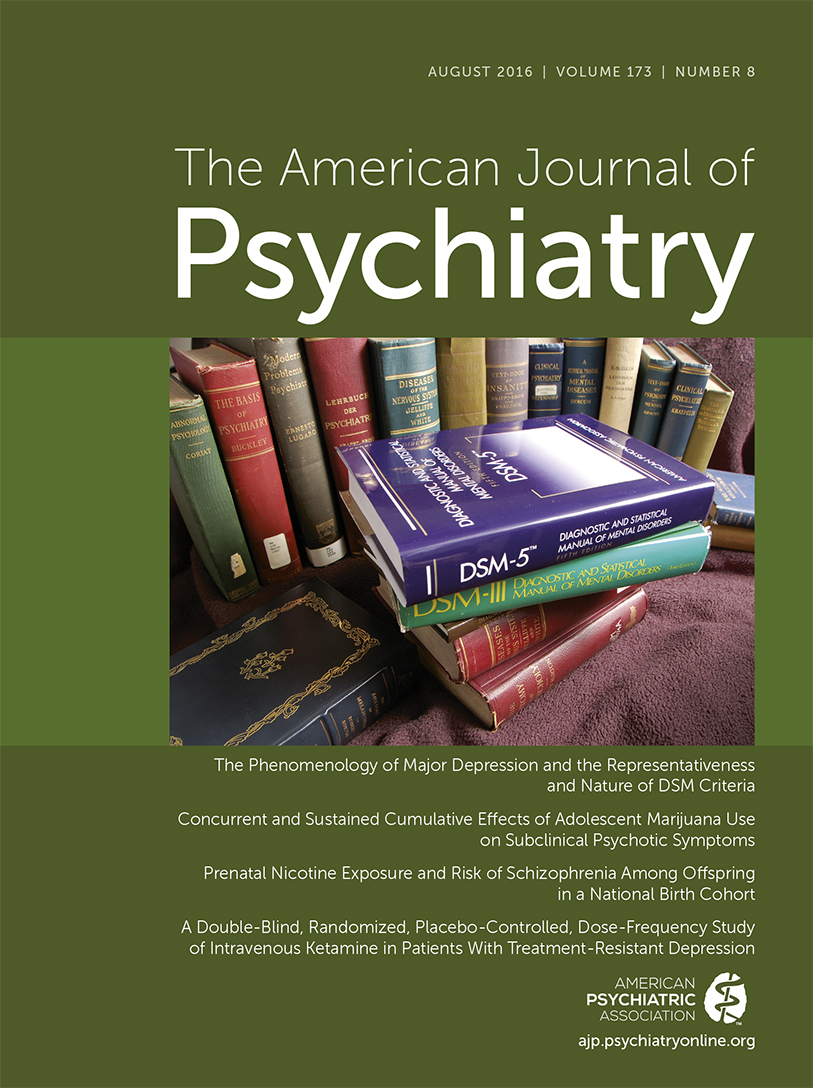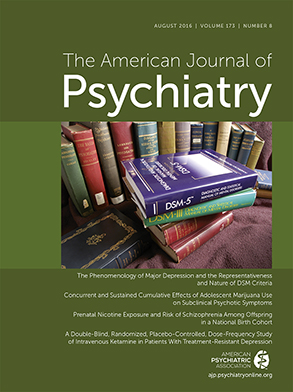Described since antiquity, conversion disorders became well-defined clinical entities through the work of Charcot, Breuer, and Freud in the late 1800s. Currently, conversion disorders (also referred to as functional neurologic symptom disorders) fall under the DSM-5 category of somatic symptom and related disorders. Nonepileptic seizures, a subcategory of conversion disorders, are described as “attacks or seizures” and are called by many other names, including hysteria, hysterical seizures, and pseudoseizures.
Patients diagnosed with epileptic seizures can access well-defined and continually evolving interventions and may be treated by clinicians who are well versed and comfortable in discussing the disease pathophysiology, prognosis, and treatment. On the other hand, patients diagnosed with nonepileptic seizures are often confused, upset, and at times ashamed at the time of diagnosis. Clinicians then struggle to educate patients because of a lack of common and respectful terminology regarding the disorder and of a dearth of treatment options. Patients then drift between psychiatry and neurology struggling to feel in a therapeutic home in either specialty.
Taking Control of Your Seizures: Workbook and Treating Nonepileptic Seizures: Therapist Guide by Dr. Curt LaFrance and colleagues offer a new and welcome addition for clinicians and patients as part of the “Treatments That Work” series. Board certified in psychiatry and neurology, Dr. LaFrance has dedicated a large part of his career to studying and treating patients with nonepileptic seizures, authored many research articles on nonepileptic seizures, and coedited the textbook Gates and Rowan’s Nonepileptic Seizures. The current publications are adapted from a workbook that was originally developed to help patients “take control” of epileptic seizures. The therapist guide complements the patient workbook by offering clinical pearls for use during the course of treatment, and it also provides common terminology, such as the term nonepileptic seizures; outlines the responsibilities or roles of clinicians and patients; and provides small sections called “clinician notes” to enhance communication among all members of the treatment team. The books can be used by psychiatrists, psychologists, neurologists, nurses, social workers, and master’s level therapists. Although the workbook is designed for patients, the authors caution that their approach is not intended as pure “self-help” but rather as “guided self-help” that should be undertaken with concurrent guidance by a clinician (Treating Nonepileptic Seizures, p. 8).
Divided into 12 distinct individual sessions with a “seizure counselor,” the theoretical approach is described as “cognitive behavioral informed psychotherapy” (Taking Control of Your Seizures, pp. 5, 8). The themes of the 12 sessions described in the manuals are “Out of Control,” “Taking Control,” “Getting Support,” “Educating Yourself,” “Looking Inward / Looking Outward,” and “Taking Action.” The concluding chapter of the therapist guide, “When a Patient Has a Seizure In the Office Setting,” offers especially helpful and practical instruction, addressing concerns that clinicians face regarding the possibility that patients might experience a nonepileptic seizure during an office visit. I found the section “Challenging or Problematic Responses,” which describes examples of difficulties experienced by both patients and clinicians, to be particularly useful.
The authors achieve their aim of creating a guide for clinicians and patients through the use of a goals, obstacles, assignments, and tools structure within each chapter, and this structure orients clinicians and patients through each stage of treatment of nonepileptic seizures.
The books offer structured approaches to conceptualizing nonepileptic seizures and treatment tools, such as seizure logs, triggers worksheets, and journaling. In addition, the books identify potential obstacles to avoid, including a patient’s self-blame when triggers are not immediately identified, isolation from support networks, or having to be “in control” at all times and being unable to achieve a relaxed state. Given the frequency with which patients with nonepileptic seizures report histories of lifelong abuse, I would have liked to have seen more information on assessing and managing trauma issues in these patients. The workbook is somewhat demanding, will keep patients busy between sessions, and requires quite a bit of motivation for patients to keep up with; in this regard, the authors suggest not proceeding with the program until the patient is ready. Aside from offering assistance for adequately motivated patients, the authors offer few alternatives for patients who are ambivalent about participating in the program.
At times the workbook still seems targeted primarily to patients with epileptic seizures, especially concerning the use of antiepileptic medications. Appropriately, the authors ascribe minimal value to medications for treating nonepileptic seizures and mention that recent research suggests antiepileptic medications may make nonepileptic seizures worse. The chapters “Identifying Your Pre-Seizure Aura” and “Other Symptoms Associated With Seizures” also seem more relevant for epileptic seizures and could have more explicitly addressed nonepileptic seizures.
Overall, especially in view of the paucity of evidence-based approaches for the condition, this workbook and therapist guide provide welcome resources for managing nonepileptic seizures. They deserve wide reading and application by psychiatric and neurological clinicians who encounter patients with this disorder.


